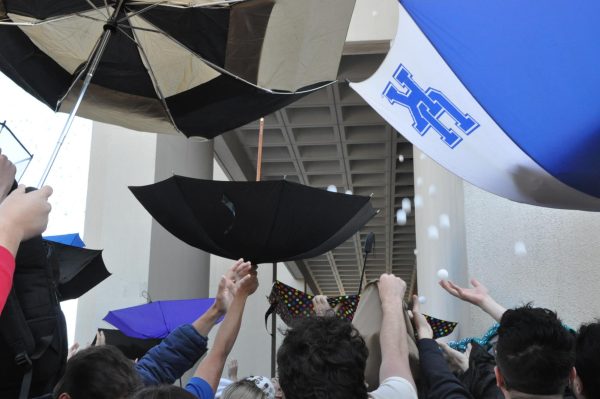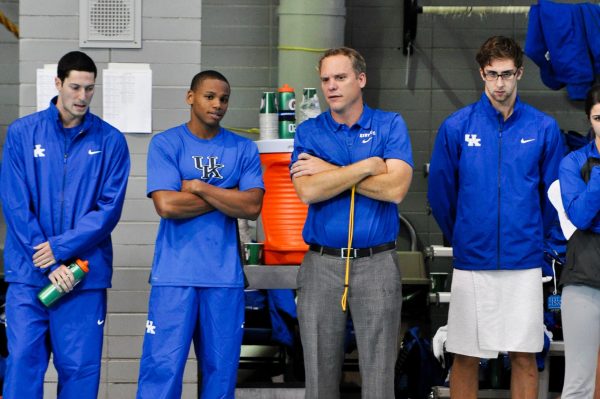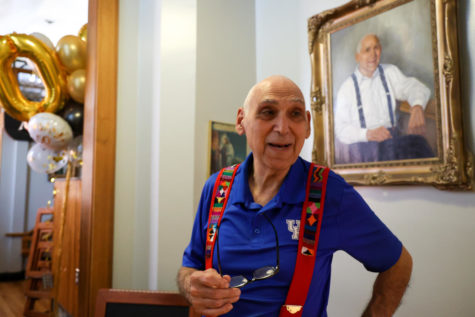Making new language for ‘Far Cry’ video game
March 3, 2016
When Andrew and Brenna Byrd got a call from Ubisoft, a game development company popular for its attention to detail, about working on its next game, they thought it was spam.
Ubisoft’s “Far Cry Primal,” released on Feb. 23, has received a lot of press attention, especially for the Byrds, two UK linguistics professors.
They collaborated with their team of fellow linguists, Jessica DeLisi, and fellow couple Chiara Bozzone and Ryan Sandell, to develop Wenja and Izila, two languages based on Proto-Indo-European, which hasn’t been spoken since the Stone Age.
Using the comparative method of linguistics, the team used Proto-Indo-European, or PIE, to develop 2,400 unique words in Wenja and translate the game’s 40,000 word script, making Primal the first game to incorporate an entire made-up language.
The first-person adventure is based on three fictional ancient tribes: the Udam (meaning “conquer”), Wenja (“the hunters”) and Izila (“the masters”).
The Byrds shared their experience with the public Wednesday night in a Whitehall Classroom Building lecture hall. Audience members learned and practiced Wenja, first through simple tongue-twisters, then through Brenna Byrd’s pantomimed lesson.
UK Theatre students Nigel Rodgers and Phil Barnett also performed a live demonstration of a scene from the game, as Brenna Byrd explained the CGI production process.
“One of the most amazing elements was just how the language we created became a language, and it felt like people were actually talking to you,” Brenna Byrd said about training actors for “Primal.”
For Andrew Byrd, Primal was the perfect marriage of his professional and personal loves: linguistics and gaming, two industries that rarely intersect.
“What it has brought is awareness to the field,” he said. “I can’t imagine us being any happier with what they’ve done.”






















































































































































